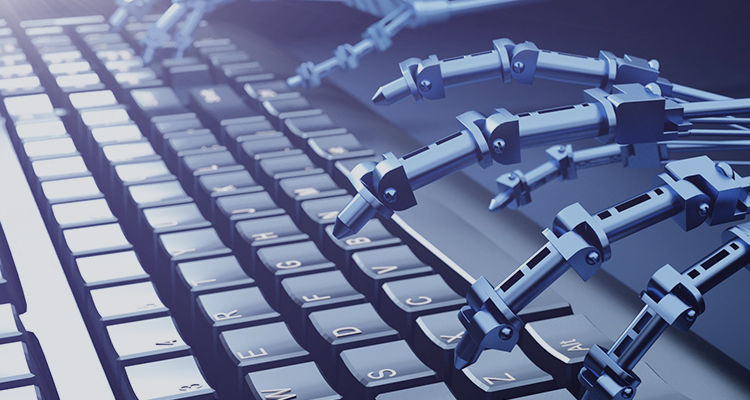Why does the PCB have copper wires falling off?
Release Date:2020-04-26
I. Factors of PCB board manufacturing process:
1. The copper foil is over-etched. The electrolytic copper foil used in the market is generally single-sided galvanized (commonly known as ashing foil) and single-sided copper (commonly known as red foil). The common copper throwing is generally galvanized copper above 70um Foil, reddish foil and ashed foil below 18um basically haven't appeared batch dump copper.
2. When the PCB circuit board process partially collides, the copper wire is separated from the substrate by external mechanical force. This poor performance is manifested as poor positioning or directionality, and there will be obvious distortion of the fallen copper wire, or scratches / impact marks in the same direction. Look at the copper foil matte surface of the copper wire in the bad peeling area. You can see that the color of the copper foil matte surface is normal, there will be no side corrosion, and the copper foil peeling strength is normal.
3. The PCB circuit design is unreasonable. Designing too thin circuits with thick copper foil will also cause excessive etching of the circuits and throw away the copper.
II. the reasons for the laminate process:
Under normal circumstances, as long as the laminate is hot pressed at a high temperature section for more than 30 minutes, the copper foil and the prepreg are basically completely combined, so the pressure bonding generally does not affect the bonding force of the copper foil and the substrate in the laminate. However, in the process of stacking and stacking of laminates, if PP pollution or damage of the copper foil rough surface will also result in insufficient bonding force between the copper foil and the substrate after lamination, resulting in positioning (only for large boards) Word) or sporadic copper wire, but there is no abnormality in the peel strength of the copper foil near the wire.
III. Reasons for the raw materials of the laminate:
1. Ordinary electrolytic copper foils are all galvanized or copper-plated products of wool foil. If the peak value of wool foil production is abnormal, or when zinc plating / copper plating, the plating layer is poor, resulting in insufficient peel strength of the copper foil itself. When the bad foil is pressed into a sheet and made into a PCB and then inserted in an electronics factory, the copper wire will fall off when impacted by external force. This kind of copper flicking will not peel the copper wire to see the copper foil matte surface (that is, the contact surface with the substrate) will not have obvious side corrosion, but the peel strength of the entire copper foil will be very poor.
2. Poor adaptability of circuit board copper foil and resin: some of the special performance laminates currently used, such as HTg sheet material, because the resin system is different, the curing agent used is generally PN resin, the resin molecular chain structure is simple, When curing, the degree of crosslinking is low, and it is necessary to use special peak copper foil to match it. When producing laminates, the use of copper foil does not match the resin system, which results in insufficient stripping strength of the sheet metal-coated metal foil, and the copper wire will also fall off when inserting.


